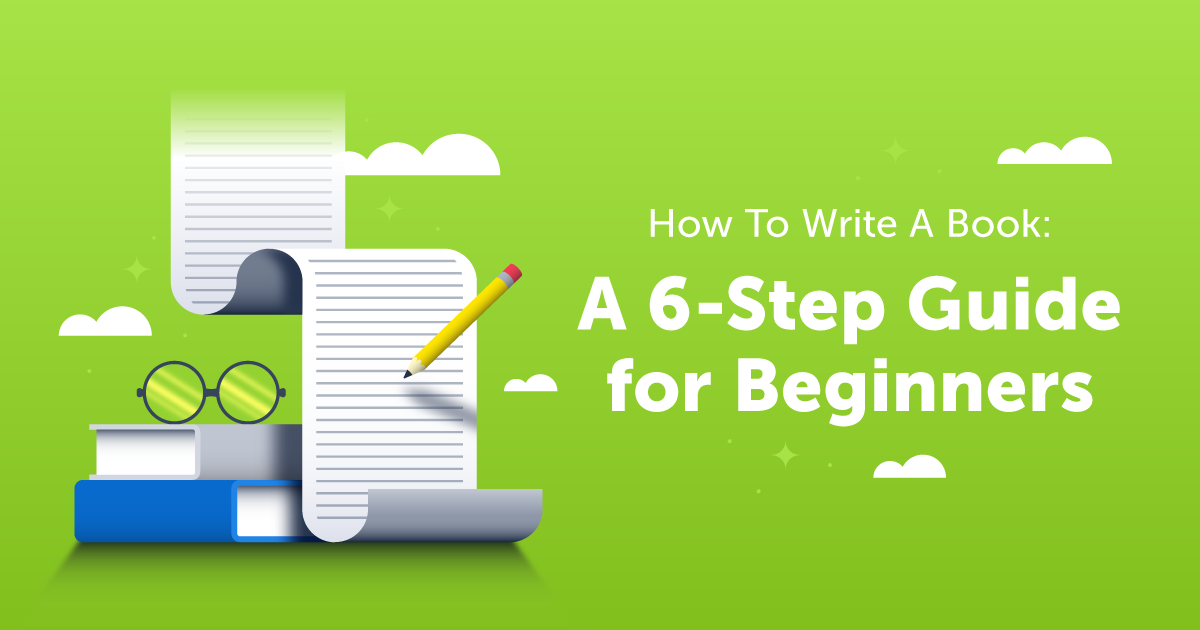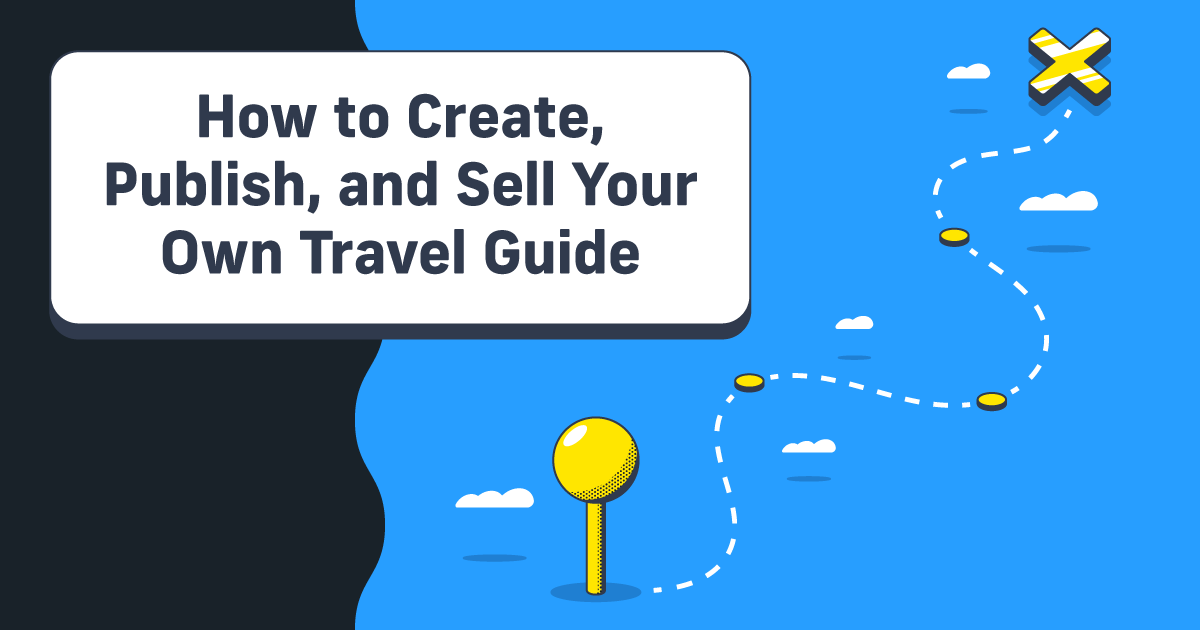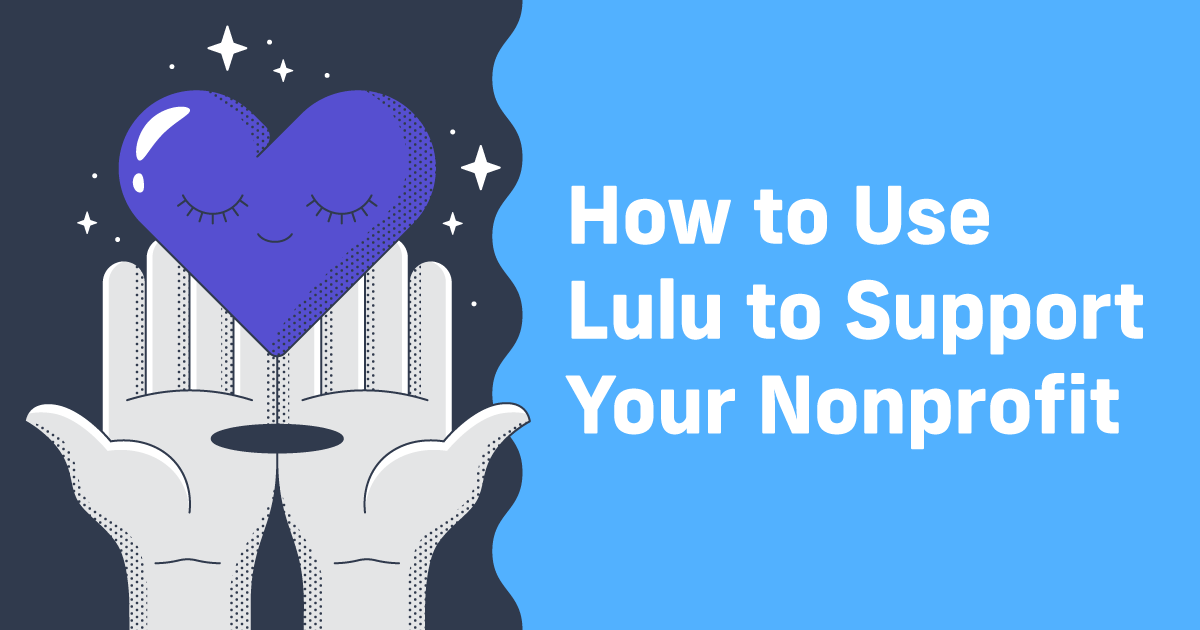How to Create, Publish, and Sell Your Own Travel Guide
Travelers today have access to tons of online tools—Google Maps, location-specific apps and blogs, and of course, AI-generated itineraries, reviews, and more. Despite all of this digital convenience, printed travel guides are still popular (and valuable). For creators, tourism boards, and travel businesses, guidebooks are more relevant than ever.
A thoughtfully crafted travel guide offers travelers a curated, branded experience that cuts through the noise. And it works even when the 5G service doesn’t.
Whether you're a travel blogger monetizing your expertise, part of a tourism board promoting your city or region, or a business offering walking tours or themed experiences, a printed guide is both a product and a marketing tool.
Why Travel Guides Still Matter
A good travel guide does something most digital content can’t: it presents an experience backed up by your expertise. When someone buys your travel guide, they’re purchasing your unique insights, opinions, and knowledge. And they’re opting to take those insights with them on their travels.
Yes, you can use Google Maps and tons of other apps to help you find places. But that is purely logistics. Google Maps isn’t giving people your opinion on the best local burritos in Tucson. Deciding on a restaurant because of Google Reviews is not the same as deciding on a restaurant because your favorite travel writer recommends it. And let’s not even get into the sneaky ‘sponsored content’ links that are just paid ads Google is serving instead of valuable content. Your travel guide is 100% you, and people who are looking for that kind of authenticity will recognize it (and value it).
Publishing a guide builds that authority. A printed book signals professionalism, whether you're handing it to potential clients or selling it directly to readers. Plus, when the content is tied to your brand—whether through your logo, writing style, or visuals—it becomes a valuable asset that reinforces your expertise long after their adventure ends.
Okay, I know I’ve already sold you on creating printed travel guides. Right? So let’s forgo any more marketing and walk through everything you need to know to actually create, format, publish, and sell your travel guide using Lulu’s publishing tools.

Your Free Lulu Account
Create a Lulu Account today to print and publish your book for readers all around the world
What to Include in Your Travel Guide
Creating a travel guide (or any product for that matter) starts with understanding your audience. Are you speaking to backpackers on a budget, families planning kid-friendly vacations, or cultural travelers interested in history and cuisine? Defining who your guide is for will shape every decision you make—from the tone of your writing to the level of detail you include.
You should already have a sense of who your readers will be based on the kind of travel content you create. If you focus on the best eats in foreign cities, that’s probably going to be the topic of your book, and your readers will probably be foodies. Even so, you should take a moment and write down, in some detail, who you expect will want to read this book, what expectations they’ll have for your work, and what those readers will get out of your guide.
Once you’ve identified your reader, think about the structure of your guide. A travel guide should be easy to navigate. Make sure the sections are clear and well labeled. Consider what readers will need to know first and keep that content near the beginning.
From there, start listing the contents you’ll want to include:
- Maps - A good visual guide that helps readers find locations or understand their whereabouts.
- Visuals - Pictures of landmarks, popular spots, or the restaurants you’re recommending are important to orient your readers.
- Practical Tips - Things like cultural etiquette, important phrases in the local language, safety advice, and travel restrictions are key details your readers need.
- Resources - Adding a QR code to resources for up-to-date information or to get tickets for locations/events makes planning that much easier.
It’s also smart to include personal anecdotes, details only you can offer.
Finally, decide whether your guide will be evergreen or time-sensitive. A timeless guide to Parisian neighborhoods may require fewer updates, while a local food guide featuring new restaurants might need revisions annually. Luckily, updating your guide on Lulu is completely free.
How to Format and Design a Professional-Quality Travel Guide
Take all of the content you’re planning to use and stitch it together into a book. Easy, right?
No, no, it’s not. The writing process can be a challenge, even for seasoned travel bloggers. My suggestion is to approach putting the book together in three steps:
- Get all the content you want to include together
- From that content, create a broad outline
- Determine and write connecting content to put it all together

We’re going to fast forward past the writing and organizing part and get right to formatting and design.
This step can make or break the usability of your guide. A well-formatted book feels polished and professional, while a disorganized one can confuse or frustrate readers.
Start by choosing the right tool for layout and design.
For writing the guide, something like Google Docs or Microsoft Word is probably fine. You just need a place to write and edit the text itself.
For the design elements, like checklists, maps, images, and more, you’ll have a lot of viable options. Many creators use Canva for its ease of use and pre-built templates, especially if they’re designing a visually rich guide. For more control over typography and layout, software like Adobe InDesign or Affinity Publisher might be a better fit. No matter what tool you use, maintain consistent styling across headings, body text, and call-outs.
When it comes to layout, prioritize clarity. Use readable fonts, clear headings, and plenty of white space to guide the reader’s eye. Color schemes should reflect your brand or the destination you’re writing about.
Including your branding is also important. Add your logo, website, or social media handles to relevant pages. You might also consider including a call to action—such as signing up for a newsletter or joining a community—which can help convert new readers into long-term followers.
Book Formatting Guide
There’s a lot that can go into formatting a guide. I strongly recommend you watch our YouTube series that covers everything you need to know about book design details.
Publishing Your Travel Guide with Lulu
With your guide written and formatted, you’re ready to publish. Lulu makes this process simple. How simple? We managed to condense it into a 1-minute video. So pretty simple.
Publishing with Lulu starts with creating an account and uploading your files. You’ll need your interior PDF and a cover file designed to match your book’s trim size and page count. Lulu offers a variety of formats, including paperback, hardcover, and coil-bound books—ideal for field guides.
The most popular formats for guides usually involve using coil binding or our magazine layout. But because this is your travel guide, you’ll have the option to customize it with unique ink, paper, and binding options.
Here are a few specific products and their specs that work perfectly for travel, vacation, or tourism guides.
- A5 - 5.83 x 8.27 in | 148 x 210 mm
- Paperback
- Standard Black & White
- 60# Paper
Starting at $2.55 to print
- US Letter- 8.5 x 11 in | 216 x 279 mm
- Paperback
- Premium Color
- 70# Paper
Starting at $8.54 to print
- Square- 8.5 x 8.5 in | 216 x 216 mm
- Hardcover
- Premium Color
- 80# Paper
Starting at $14.76 to print
Selling Your Travel Guide
Once you’re through the publishing process, you’ll be ready to list your book on the Lulu Bookstore. That’s the fastest and easiest way to get your new travel guide out there. We also offer retail distribution, so you can list your new guide on Amazon and make it available through the Ingram catalog to booksellers all over the world.
The most beneficial option for travel creators and entrepreneurs like you is Lulu Direct. This is our ecommerce integration, allowing you to sell your travel guide from your own website and even some social media platforms. This option ensures you earn the most from each sale and have the opportunity to capture your user’s information (like their email address and location) for future marketing efforts.
For travel creators and tourism boards, selling a guide is often about more than making money. Travel guides are key to lead generation, helping build your authority and creating a sense of value associated with the region or location your guide covers.

Sell Your Book, Your Way
Sell books on your Wix, Shopify, or WooCommerce website with Lulu Direct.
Or use our Order Import tool for your next book launch.
Your Travel Guide Is More Than a Book
A travel guide isn’t just a book. It’s a reflection of your brand and knowledge. Whether you’re looking to grow your audience, promote your destination, or simply share your passion with the world, a guidebook gives you a tangible way to connect with your audience (and make some money).
As a long-time B Corp, Lulu takes our environmental and social impact very seriously. We developed our print network to seamlessly print your guides regionally, ensuring the minimum travel time and waste. Since each book is printed on demand, there is no warehousing or wasted product.
Creating your travel guide doesn’t have to be complicated. Focus on delivering helpful, easy-to-follow content that solves genuine problems for travelers.





